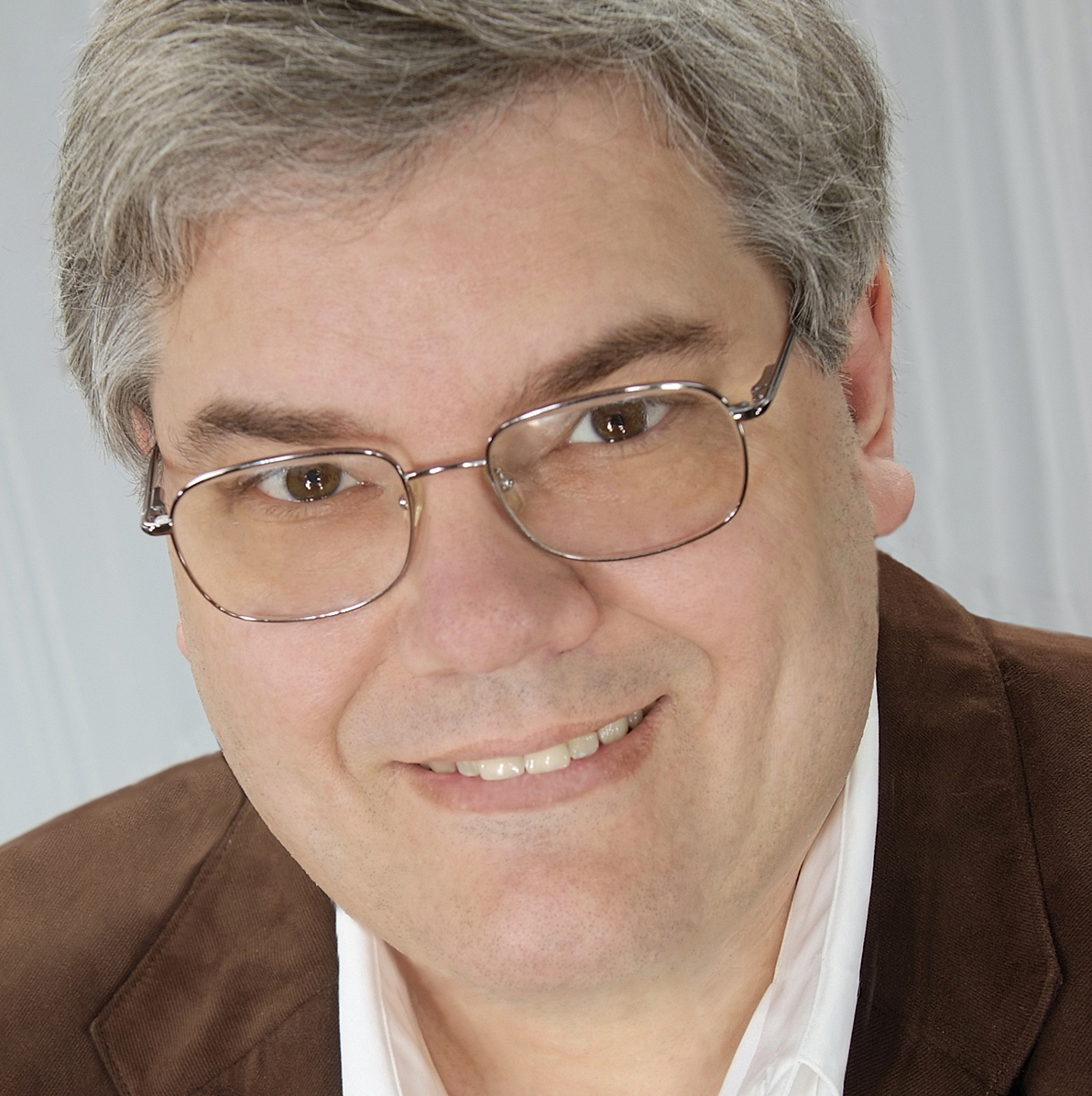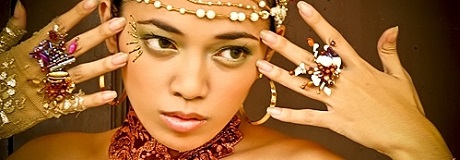Stop Pretending and Start Being You

 Photo by
Maxi Adrian San Agustin
Photo by
Maxi Adrian San Agustin
I grew up in the 1970s, and I learned a lot from the experience. Tom Wolfe called the ‘60s and ‘70s “The Purple Decades” because they had such gaudy styles.
Style seemed to be a big deal then, even more so than in other decades. Everyone of a certain age felt free to try new things and express themselves.
Expressing oneself sounds like a good thing, but actually it depends on what you’re trying to express. Is it the real you or just something you borrowed from the people and styles around you?
Of course, most purple people thought they were expressing their true selves, but I didn’t think so, not even as a youngster. I thought that most people in the ‘70s who were hip or chic or earthy or ironic were putting on something — that they were in some sense playing a part.
It was a puzzler because they didn’t seem like phonies, but I knew that something was not real there.
My Own Purple Patches
This way of being still exists in many people, and years after the ‘70s ended I realized I had acquired some purple patches of my own. My version of being purple was to be a kind of a glib existentialist. In college I was much too cavalier: I pontificated and I had a smart mouth.
Of course, this is true of many college students, but I had an especially bad case, and it cost me many potential friends. Furthermore, it went on for a while after school. Eventually I caught myself doing it and stopped, but I still didn’t understand the pattern.
When I was in my cavalier phase, I was trying to prove something. My sarcasm and judgmentalism, no matter how witty they were at times, were attempts to fill a void I felt in myself.
This void came from two sources: One was that in high school I had been rejected by a girl I loved. The other is that in my adolescence I did a poor job of exploring the world and finding my own tastes and my own voice.
Sincerely Being Someone I Was Not
What I did to fill the void was to borrow the style of a charismatic friend, right down to adopting his musical likes. (The Who and Led Zeppelin, notably.) I wasn’t being a phony — I was sincerely (though unreflectively) trying to be someone I was not. This got me charged up and helped me crawl out of my pit of despair.
Years later I realized that we purple people were playing a part without knowing it. We had just adopted a style from the media or our peers. This adoption was conscious — no need to invoke Freud or Jung here — but it wasn’t self-conscious. In other words, we were “grooving” on a feeling without identifying the process explicitly.
I thought about this phenomenon for a long time — about 40 years actually — and came to call it “Pretending.” A simple definition of Pretending would be “creating a fantasy-self based on a falsified style.”
Those falsified styles, be they borrowed from Sylvester Stallone or Woody Allen or some flamboyant guy you went to school with, were what put the purple in the Purple Decade.
True to Reality
The cure for Pretending, I decided, is authenticity, but that word is problematic for me because to some people it means “being true to one’s self and one’s feelings.” The problem is, the self and the feelings one is being true to can be the falsified kinds that one Pretends.
Just recycling them doesn’t help. Telling someone who has buried her spontaneous feelings under a fantasy-self to be true to herself might paradoxically encourage her to indulge the fantasy more, because she believes her surface self to be her real self.
I cut this Gordian knot by saying that authenticity rightly understood doesn’t mean being true to your feelings but rather being true to reality:
- Of the world
- Of your body
- Of other people
- Of your perceptions
This shift in emphasis comes from the recognition that our feelings are — or should be — based on reality and are not independent phenomena that we just have.
Manipulating … Ourselves
I don’t believe that in the normal case we just feel things but that our emotions are rooted in our perceptions and evaluations of our situation. So if we want to shed our falsified feelings and develop authentic ones, we need reach out to the world and engage it.
But the Pretender doesn’t begin with the world; instead he begins by conjuring up the feelings or style he desires as he tries to entertain himself or assuage his insecurities.
It is common to talk about how we sometimes manipulate others, but the person one most often manipulates is oneself. The trap that the Pretender falls into is that he tries too hard to control his experience. He’s forcing his feelings, even forcing his identity, instead of letting things happen in their own way.
I’m a little wary of that phrase, because “letting things happen” sounds too passive to me. I’m not talking about a passive process. I mean exploring the world actively without trying so hard to control your experience.
Center Yourself
If you do this, you can let the reality of things and people and yourself truly sink in and permeate you. To me, the true meaning of the practice of centering is ceasing to run away from oneself into a fantasy, and choosing to live in yourself and your world.
Centering to me means:
- listening to your breathing
- listening to the breeze rustling the leaves
- listening to the murmurs of the voices around you
- choosing to be present
- feeling no pressure
- moving with an unrushed heart
- selecting your path with your whole self
I suppose this is a bit like mindfulness, and for some people mindfulness meditation might be useful for achieving an authentic state.
But I think many, perhaps most, people can attain this simply by making spot-adjustments of their everyday mindset, by stopping and taking a deep breath and just being present and open for a minute. You could think of it as meditative moments, rather than actual meditation.
Returning to my own story, I didn’t just grow out of Pretending. Growing up and out isn’t an automatic process but requires that one take steps, even if they are not fully self-conscious.
Get Curious
Centering helped, but that came later. What I did at first that really made a difference was starting a journal. Not a record of day-to-day events but a notebook of ideas and observations. In doing so, I filled in the texture of my world and found my voice. Taking up public speaking also helped in this regard.
In addition I started investigating my cultural environment, especially music (mostly classical, later world music, too), movies and books. In doing so I developed my tastes and a greater degree of emotional sophistication.
It was hard work. Some of it was introspective, of course: I observed myself and my own feelings and patterns. And I didn’t just look down on other people from my abstract mountaintop either: Whenever I thought I saw someone do some variant of Pretending, I asked myself whether I did it too.
Parting Words
A lot of the process of growth consists of looking inward of course, but in my case just as much of it consisted of getting out in the world and seeing what was there so I wouldn’t feel the need to make up a false style to fill the void.
Put looking inward together with looking outward and you get my idea of authenticity.
Purple never was my favorite color anyway.













“Being true to reality” says it all! We can surely trick ourselves into believing that in-authentic voice can sure be manipulative. And sometimes it’s tough to tell the difference!
Getting centered and calm is such a great tool.
Thank you, Kurt!
Hi Susan,
I’m glad you liked the essay. The idea of authenticity has much deeper and broader implications than I indicated in my piece. In my book Killing Cool I discuss four ways of achieving it, plus a host of cultural ramifications of the Pretender personality type, from presidents who want to be cowboys (and we have had several) to teenagers who want to be cool.
My key concept is, as you say, being true to reality. I believe we can all do a better job at that task and I hope I have contributed to the conversation on that subject.
Best,
Kurt
Interesting ideas. I agree that the word authenticity is problematic because it’s so subjective. What feels authentic to me might feel different to someone else. And I think it can change. Was the earthy gardener I was in college less authentic than the PTA mom who came later? And then there are other selves–Was the alcoholic less authentic than the person in recovery? I liked your tips because It can be easy to look at someone and say they’re not being their true selves, but we can only really speak for ourselves.
Hi Leslie,
I think people can change over the years without any of their various identities being inauthentic. In fact, I think they had BETTER change over the years!
The kind of inauthenticity I am talking about is when one tries to live through a fantasy self. For example, an alcoholic might think of himself as “the life of the party” or a young person might think of himself as “cool.” Dig deep and you’ll find that such people are usually trying to stave off feelings of meaninglessness or worthlessness. Some such people (as in snarky folks or the chronically ironic) are trying to entertain themselves–usually at someone else’s expense.
I agree with you that ultimately each individual is the ultimate best judge of her own authenticity, but I would also say that from the outside one can often make a pretty good guess.
Thank you for commenting!
Best,
Kurt